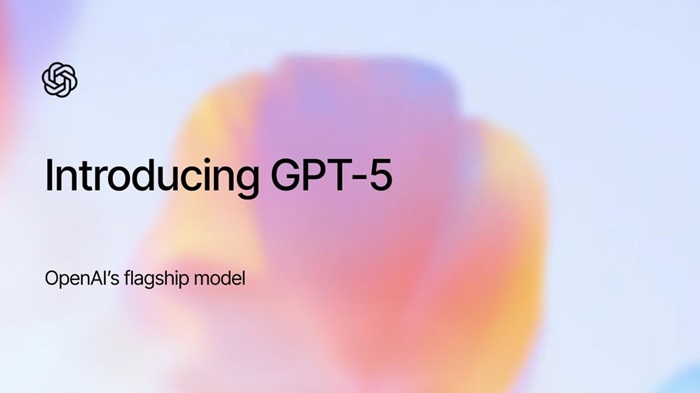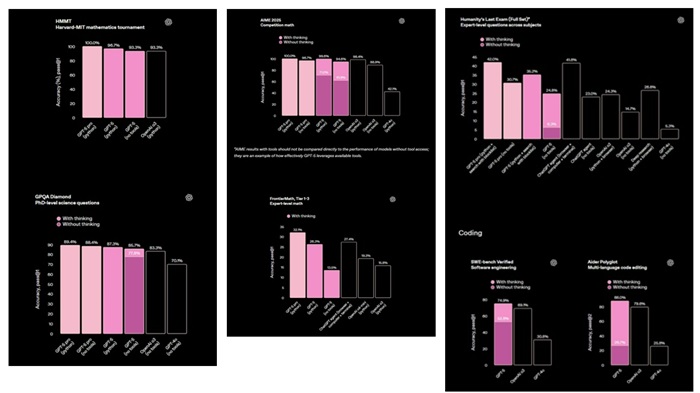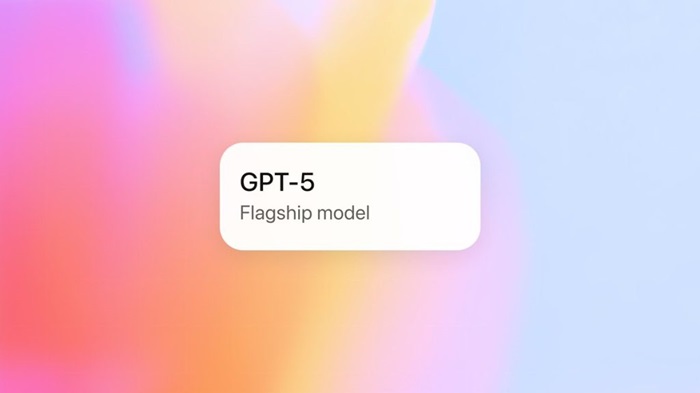OpenAI has unveiled GPT-5, its most advanced artificial intelligence model to date, designed to bring expert-level reasoning and versatility to a broad range of real-world tasks. From health and science to creative writing and software development, GPT-5 represents a significant evolution over previous models like GPT-4o and OpenAI o3.

The system is now rolling out globally to ChatGPT users across Plus, Pro, Team, and Free plans, with support for Enterprise and Education accounts coming soon.
Unified System with Intelligent Routing
The GPT-5 has a new architecture built around intelligent routing. The model combines:
- A fast, general-purpose base model for quick responses
- A deeper, more analytical “GPT-5 thinking” model for complex reasoning
- A smart router that dynamically selects the best approach based on user prompts, task complexity, and tool requirements
This router learns continuously from real user interactions – such as switching models or preferring specific outputs – allowing GPT-5 to improve its performance over time.
Performance: Faster, Smarter, and More Useful
GPT-5 dramatically outperforms its predecessors on benchmarks and practical applications alike:
- Coding: Excels in large-scale debugging, UI design, and front-end development. On SWE-bench Verified, it scores 74.9%, while its pro variant outperforms expert programmers on complex repositories.
- Writing: Shows advanced creative support, capable of composing in free verse and iambic pentameter, while also improving everyday writing tasks like emails and reports.
- Health: GPT-5 leads all OpenAI models in health-related performance, scoring 46.2% on HealthBench Hard and offering context-aware, medically safer responses.
It also ranks top in multimodal benchmarks, including 84.2% on MMMU (multimodal reasoning) and 88.4% on GPQA for complex science questions.

Advanced Multimodal Capabilities and Real-World Utility
GPT-5 handles not just text, but also images, video, diagrams, and spatial reasoning, enabling accurate interpretation of scientific data, charts, and visual inputs. In internal evaluations across 40+ professional domains – like engineering, law, and sales – GPT-5 matched or exceeded expert performance in half the categories.
Efficiency is another hallmark: the model uses 50 – 80% fewer output tokens on visual and scientific tasks than OpenAI o3, boosting both speed and relevance.

Safety and transparency have also been upgraded:
- GPT-5 features “safe completions” rather than simple refusals, giving nuanced answers for sensitive or dual-use topics
- Hallucinations have been reduced by up to 80% compared to o3, with GPT-5 scoring six times better on long-form factual benchmarks like LongFact
- It is less sycophantic, more transparent about limitations, and avoids overconfident or misleading responses
Red-teaming efforts exceeded 5,000 hours, and GPT-5 is classified High in biological and chemical safety capability.
Users can now personalize GPT-5’s tone and behavior using preset personalities such as Cynic, Listener, Robot, and Nerd, available as a research preview. These are designed to reduce sycophancy while enhancing user control.
The GPT-5 Pro variant is already in use by Pro subscribers, offering longer context windows and expert-level accuracy across math, health, and coding.
ChatGPT-5 Availability and Access
- Default model for signed-in users on ChatGPT, replacing GPT-4o and all earlier versions
- Free users receive limited GPT-5 usage, with access to GPT-5 mini for quick tasks
- Pro subscribers get unlimited usage of GPT-5 Pro, while Plus and Team users enjoy increased quotas
- Codex CLI users can access advanced coding with GPT-5
A unified version of GPT-5 is expected soon, combining all capabilities into a seamless experience.
GPT-5 marks a bold step toward OpenAI’s goal of democratizing advanced intelligence – providing fast, reliable, and expert-level AI assistance to users worldwide.

